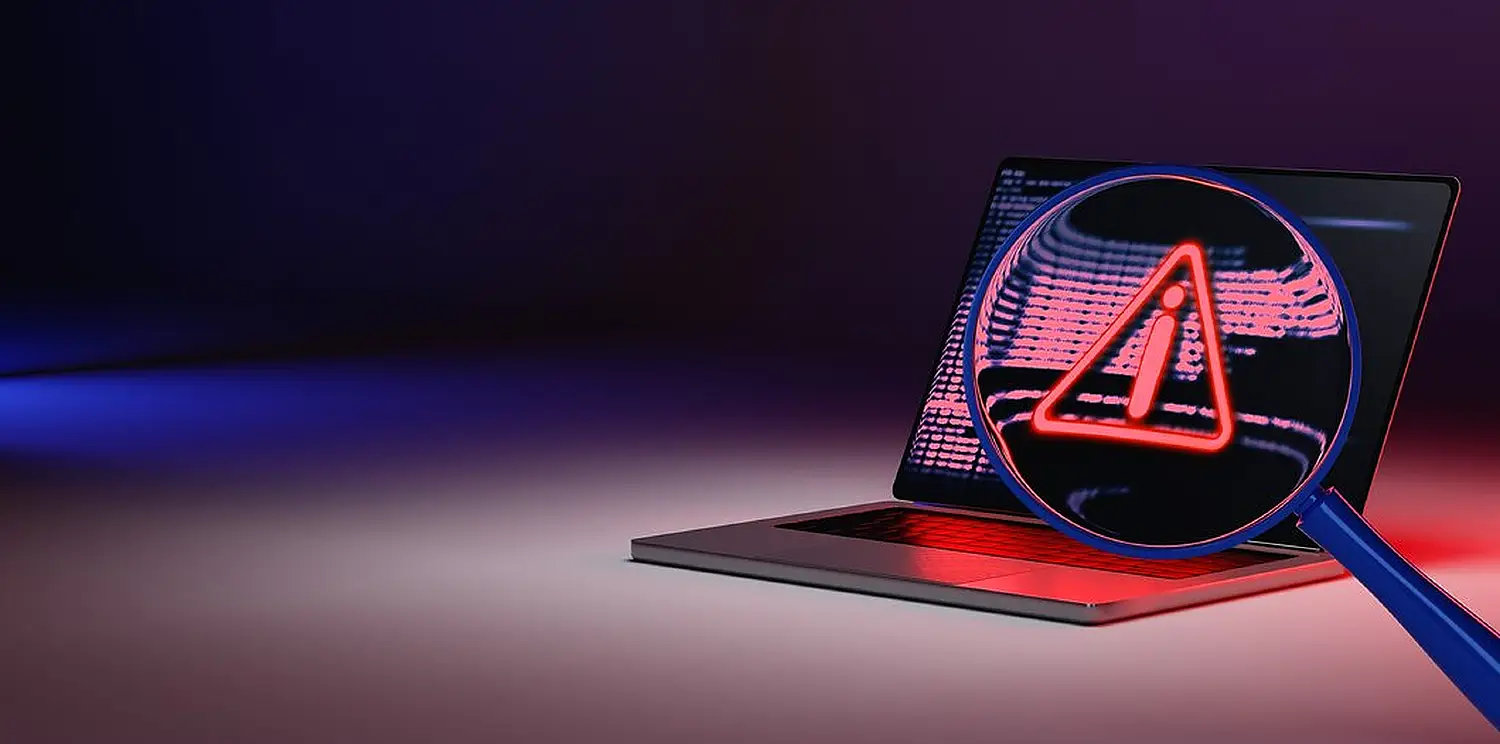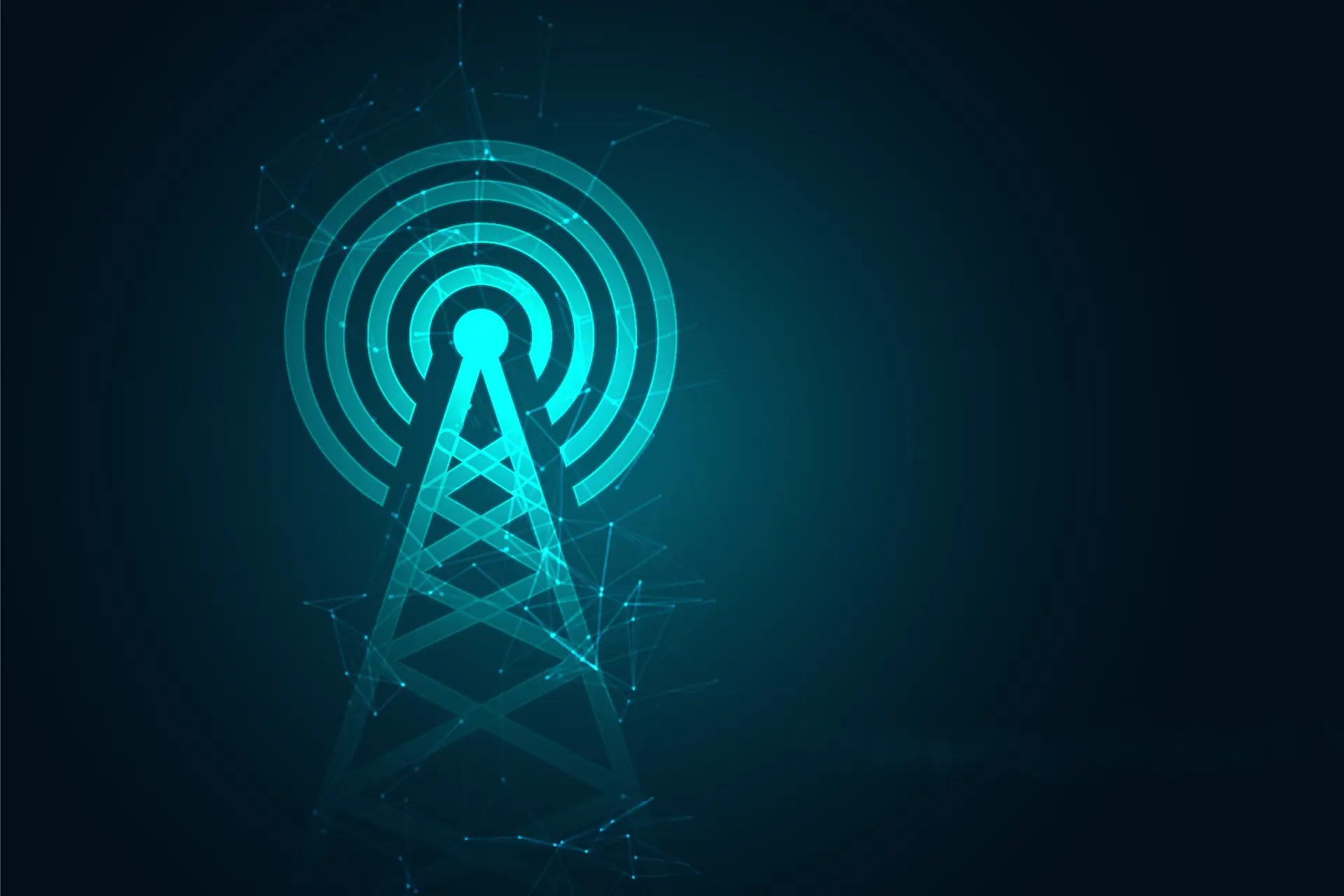The U.S. Marshals Service is looking into a significant ransomware attack that exposed some of its most private data, including materials used in law enforcement and the personal information of staff members who could become the subject of federal investigations.
An agency representative said on Monday that the intrusion, which affected a “stand-alone” system within the service that is not connected to a wider government network, was deemed a “serious event” by officials. On February 17, the attack was uncovered.
A ransomware attack on the law sector can have severe consequences for both the legal firms and their clients. Ransomware is a type of malware that encrypts files on a victim’s computer, making them inaccessible until a ransom is paid to the attacker. In the case of a law firm, this could mean that important legal documents and confidential client information could be held hostage until a ransom is paid.
The consequences of a ransomware attack on a law firm could include:
Loss of confidential client data: A ransomware attack could compromise the confidential data of clients, including sensitive legal documents, financial information, and personal identification details.
Financial loss: A law firm may need to pay a significant ransom to recover their data. Even if they do pay, there is no guarantee that the attacker will release the data, and there may be additional costs associated with restoring their IT systems.
Reputational damage: A ransomware attack can severely damage the reputation of a law firm, particularly if client data is compromised. Clients may lose trust in the firm and choose to take their business elsewhere.
Legal implications: Law firms have a legal obligation to protect the confidentiality of client data. A ransomware attack that compromises client data could lead to legal action and fines.
To prevent a ransomware attack on a law firm, it is essential to have robust security measures in place. These could include:
Regular software updates and patches to address vulnerabilities in the IT systems.
Employee training and awareness to prevent phishing attacks and other social engineering techniques used to distribute ransomware.
Robust backup and recovery systems ensure that data can be restored quickly and easily.
Encryption and other security measures to protect confidential client data.
TSAROLABS, as a technology company, can help prevent and mitigate the impact of ransomware attacks. Here are some ways:
Develop and implement cybersecurity solutions: TSAROLABS can offer cybersecurity solutions to protect against ransomware attacks. This may include firewalls, intrusion detection systems, and antivirus software to prevent malware infections.
Conduct vulnerability assessments: TSAROLABS can assess an organization’s vulnerabilities and recommend ways to mitigate these risks. This may include identifying weaknesses in network security, employee training, and data backup strategies.
Provide incident response services: In the event of a ransomware attack, TSAROLABS can provide incident response services to minimize the damage and restore operations. This may include forensic analysis to determine the scope of the attack, data recovery, and system restoration.
Offer employee training and awareness programs: TSAROLABS can provide training and awareness programs to employees on how to recognize and avoid ransomware attacks. This can help prevent the spread of malware and reduce the risk of a successful attack.
Overall, TSAROLABS can play a vital role in preventing and mitigating the impact of ransomware attacks by offering cybersecurity solutions, conducting vulnerability assessments, providing incident response services, and offering employee training and awareness programs.
Related Tags: Ransomware Attack, Cybersecurity, Cybercrime, Cyber Trends, Financial losses, U.S. Marshal Service, Law enforcement, personal information, National Security Council, National Cyber Director, Vulnerabilities, Awareness.


